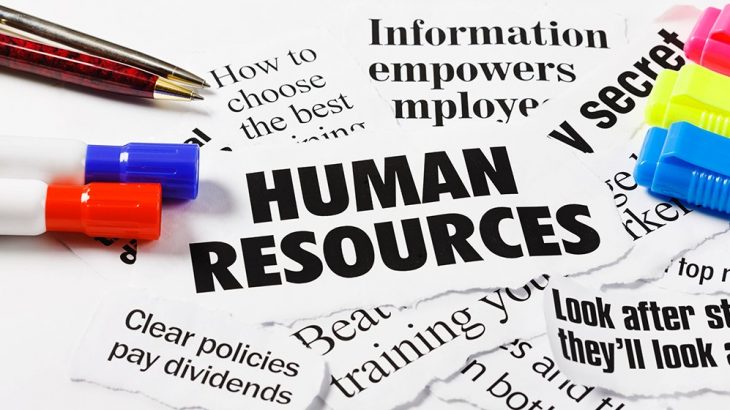As companies grow, the responsibilities of the human resources department expand. Many outsourced duties are brought in house, and more initiatives to manage employees get added to the HR function. For small businesses that haven’t grown to a point they need a multi-person HR department, using standard HR procedures that cover employee management basics will help you cover your needs and keep you within the law.
Staffing Planning
One of the first standard procedures for a human resources effort is to plan the company’s staffing needs, now and into the near future. This prevents reactionary hires and a poor organizational structure. Call a meeting of management and create an organization chart, complete with titles and job descriptions, for your current situation and for meeting anticipated growth benchmarks.
Policies and Procedures
Another standard procedure for HR is to create a company policies and procedures guide. This not only helps inform your employees about how to integrate into your company, it helps meet your legal requirements for fair treatment of employees. A company manual covers topics such as attendance, office dress, payment procedure, expense reimbursement, grievances, annual reviews and harassment.
Hiring and Firing
One of the key functions of HR is the hiring and termination of employees. Not only are your standard procedures critical for bringing the best people on board, they also prevent you from violating labor laws when you hire and fire workers. Your SOP should cover creating job descriptions, writing and placing want ads, evaluating applications, interviewing, setting benefits and compensation and step-by-step termination procedures.
Benefits and Compensation
No supervisor should offer salary and benefits to a potential employee using personal parameters, and HR procedures set objective benchmarks for pay and benefits. Some employee benefits must meet federal fairness requirements, making your SOP for benefits extremely important. If your HR person is not an expert in benefits planning, she can work with a contract benefits provider, or meet with your insurance provider to review the different voluntary benefits they offer, such as low-cost dental, health, vision and disability insurance.
Employee Management
An HR department should have standards for managing your workers, including training, discipline, annual reviews and employee morale. HR handles initiatives such as employee recognition and wellness programs. Your HR department should work with department heads and supervisors on a case-by-case base to ensure each employee is treated fairly and helped to reach his maximum potential.







